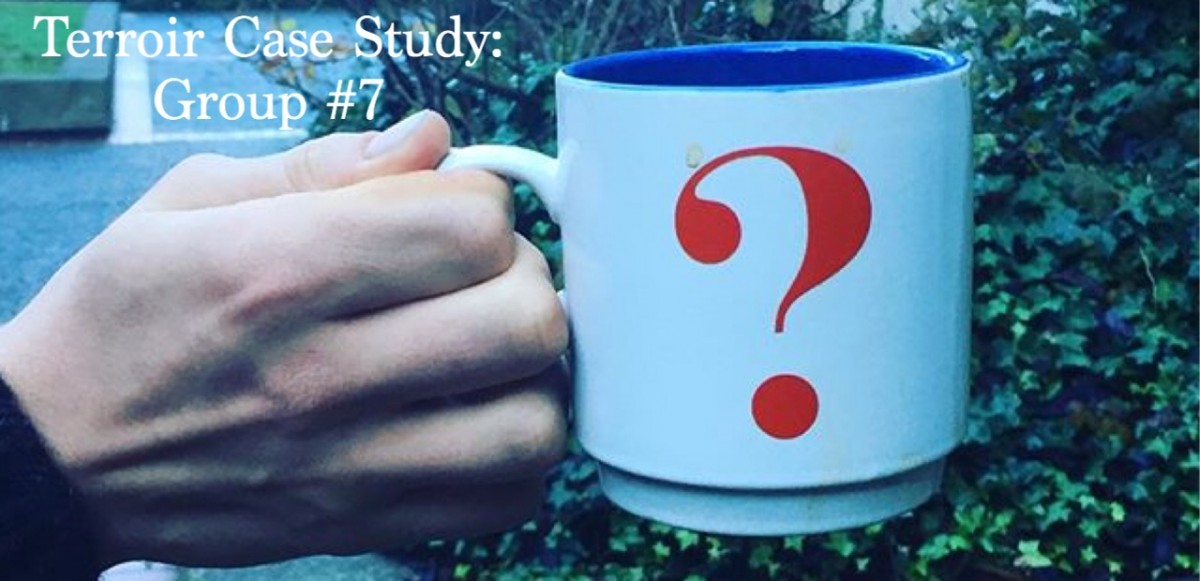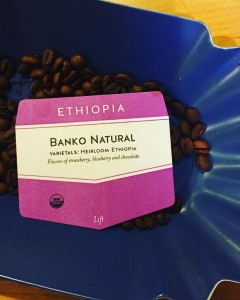| Coffee Roaster | Tasting Insights | Business Insights | Permaculture Insights |
| Batdorf & Bronson | At Batdorf and Bronson we tasted a fully washed, pulp natural, and natural process washed coffee. A texture difference was noted in the comparison of the three, where a fuller body and viscosity was present in the naturally washed coffee. | Batdorf & Bronson believed in buying the entire crop of coffee from the farmer versus buying the “cream of the crop”. Buying segmented amounts of one yield will make it ultimately harder for farmer’s to sell their coffee, and they most likely will not make the profit they would selling everything together. | Batdorf’s business model included paying farmers before the growing season as opposed to after, once they’ve received the beans. This gives the farmers more, and better executed preparation time. Being able to pay workers with this money so their pre-season preparation goes well, workers are happier, and no costly mistakes happen due to a low budget. |
| Olympia Coffee Roasting Company | While some liked it and some did not, we found these coffees to be mostly sour and bitter, while 2 certain types stuck out as sweet which were the San Sebastian Reserva from Columbia that tasted of sweet, baked apples and had a creamy body. Also, the Banko Natural, unique in that the mucilage from the coffee cherry is partially left on during fermentation, imparting a flavor strikingly similar to blueberries | Olympia Coffee Roasters were serious about educating their consumers, seeing it as necessary to justify prices. They understand that people are willing to pay more for a better product, so they articulate the importance of why their product is superior to others. They accounted this to their close attention to details of quality, and their more involved relationships with those growing their coffee. | Hypothenemous Hampei is the scientific name of one coffee nightmare that is the coffee boring beetle: A bark beetle endemic to Central Africa that is now distributed throughout all coffee-producing countries in the world, with the exception of Nepal and Papua New Guinea. This beetle goes after the good stuff too, predominately boring into the well enjoyed coffea arabica. OCR produced a short video displaying how they wanted their coffee growers to have the knowledge to combat this pest in order to ever have any success on their farms, and to improve the quality of coffee they would be receiving from these farms.The economic importance of this tiny insect is tremendous and is regularly determining the economic success of coffee growers. This pest can be combated in a few different ways, although it is already evolving, and the females are now being able to reproduce asexually due to the ratio of male and female beetles.
An effective and natural way of controlling borer beetles is to introduce natural predators like birds that have been shown to, in parts of Costa Rica, diminish the population by 50%. There are pesticides that can (mostly) do the trick but only before the female borer bug has entered the berry. And it should be noted- that in some regions, the beetles have shown resistance to common insecticides, showing how complex this species has evolved to be, and how much of a threat it is to the future of coffee production. (Pérez) |
http://www.ctahr.hawaii.edu/site/cbbmanage.aspx
Jeanneth Pérez, Francisco Infante, Fernando E. Vega
J Insect Sci. 2015; 15(1): 83. Published online 2015 July 1.

